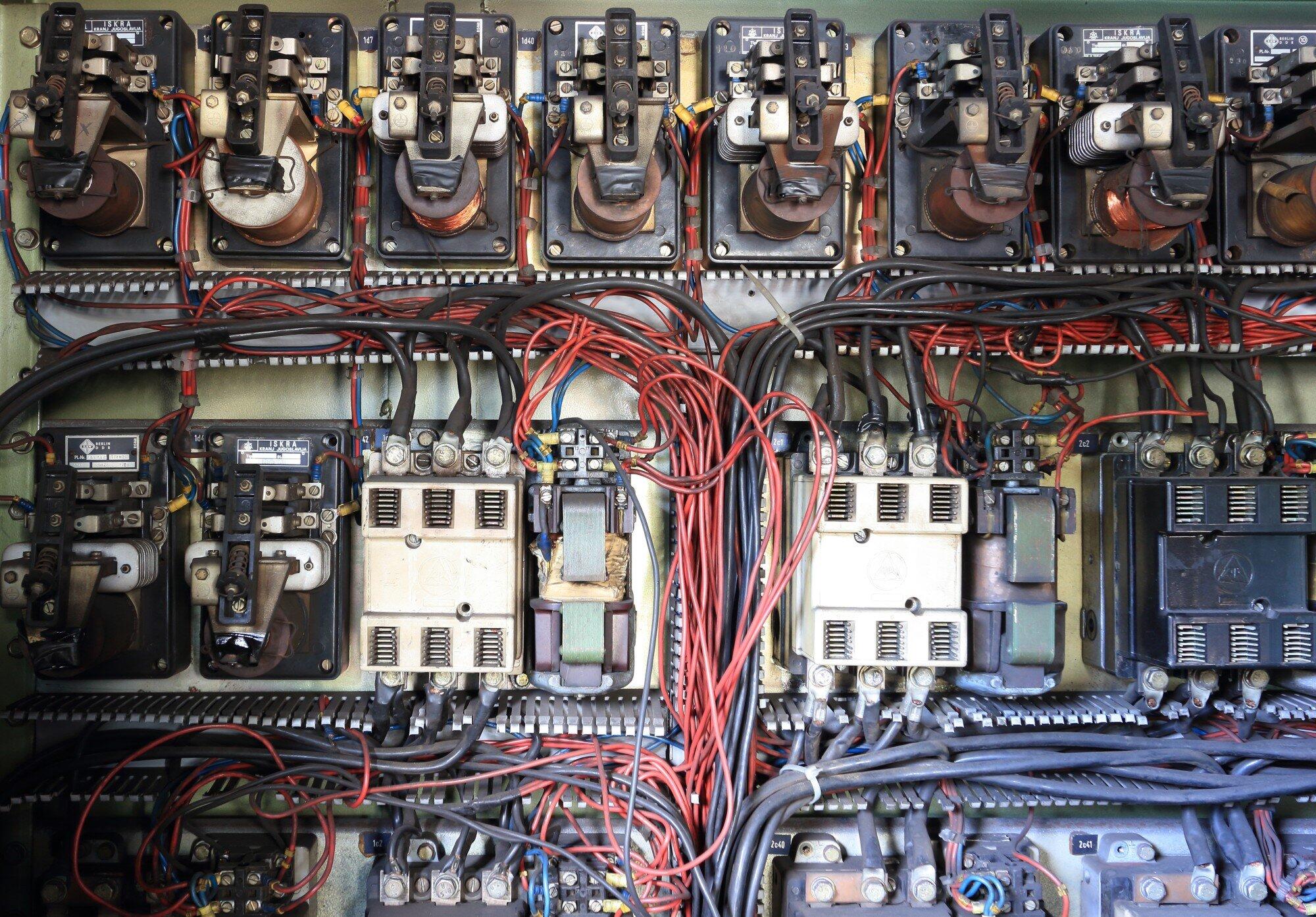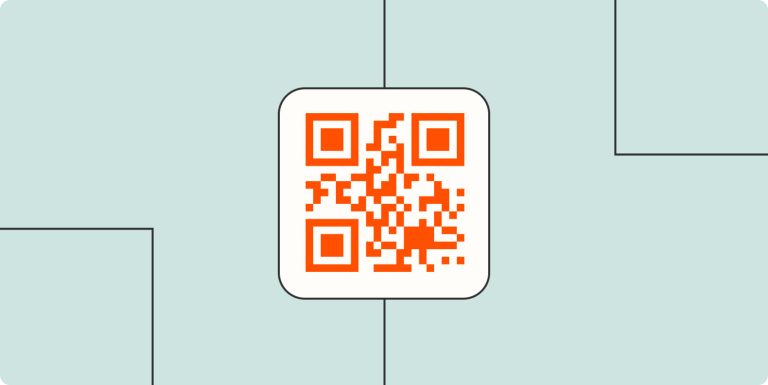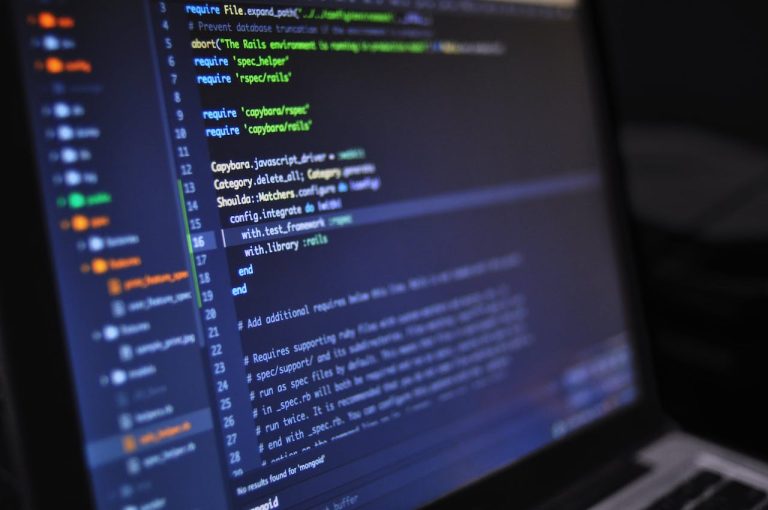The Evolution of Control Panel Design From Basic Buttons to Advanced User Interfaces
Control panels are the unsung heroes of industrial operations. It silently orchestrates complex systems with the push of a button.
These panels have come a long way since the days of manual switches and dials. In today’s high-tech landscape, control panels are not only functional. They also touch upon the realms of user experience and state-of-the-art technology.
This blog post intends to map out the fascinating evolution of control panel design. So if you are curious to know how we went from simple buttons to immersive user experiences, read on!
Basic Buttons and Switches
In the early days of using an industrial control panel, switches and buttons were the primary means of controlling machinery. These panels were often crude and utilitarian in design. It focused more on functionality rather than aesthetics.
The buttons and switches were typically labeled with text or symbols to indicate their purpose. The control panel wiring assembly was also relatively straightforward. It had wires connecting each switch or button to the corresponding machinery.
Analog Instruments and Gauges
As technology progressed, analog instruments and gauges were introduced to control panels. These devices provided real-time measurements of various parameters such as:
- temperature
- pressure
- speed
They allowed operators to monitor the performance of machinery and make adjustments as needed.
Digital Displays and Touchscreens
The advent of digital technology revolutionized control panel design. Digital displays and touchscreens replaced traditional analog instruments and gauges. It provided a more intuitive and user-friendly interface. These displays could show real-time data in various formats such as:
- graphs
- charts
- numerical values
Integration of Human-Machine Interface (HMI)
The integration of human-machine interface (HMI) technology took control panel design to the next level. HMI combines digital displays and touchscreens with advanced software.
These are used to create a highly interactive and immersive user experience. This allows operators to monitor and control machinery with ease. This can be even possible from remote locations.
Industry 4.0 and the Internet of Things (IoT)
Control panel design has now become even more advanced and integrated. This is especially true with the rise of Industry 4.0 and the Internet of Things (IoT). Now, control panels can be connected to a network and communicate with other devices and systems in real time.
This allows for remote monitoring and control. It goes the same with data analysis and predictive maintenance. It’s because panel building for automation systems these days is no longer just about wiring and assembly. It also involves software programming and data management.
Customization and Personalization
Today, control panel design is not just about functionality. It is also about customization and personalization. Control panels can be tailored to the specific needs of a particular industry or company
It comes with features and interfaces designed for optimal efficiency and usability. The use of advanced design software and 3D printing has made it possible to create highly customized control panels.
Understand the Evolution of Control Panel Design
The evolution of control panel design has come a long way from simple buttons and switches to highly advanced and personalized interfaces. We can only expect control panels to become even more integrated, intuitive, and efficient in the future. This is especially true with the constant advancement of technology.
As industrial operations continue to rely on control panels for smooth functioning, it is important to understand their evolution. So, stay updated with the latest advancements in control panel design.
Should you wish to read more, visit our blog. We’ve got more topics!





